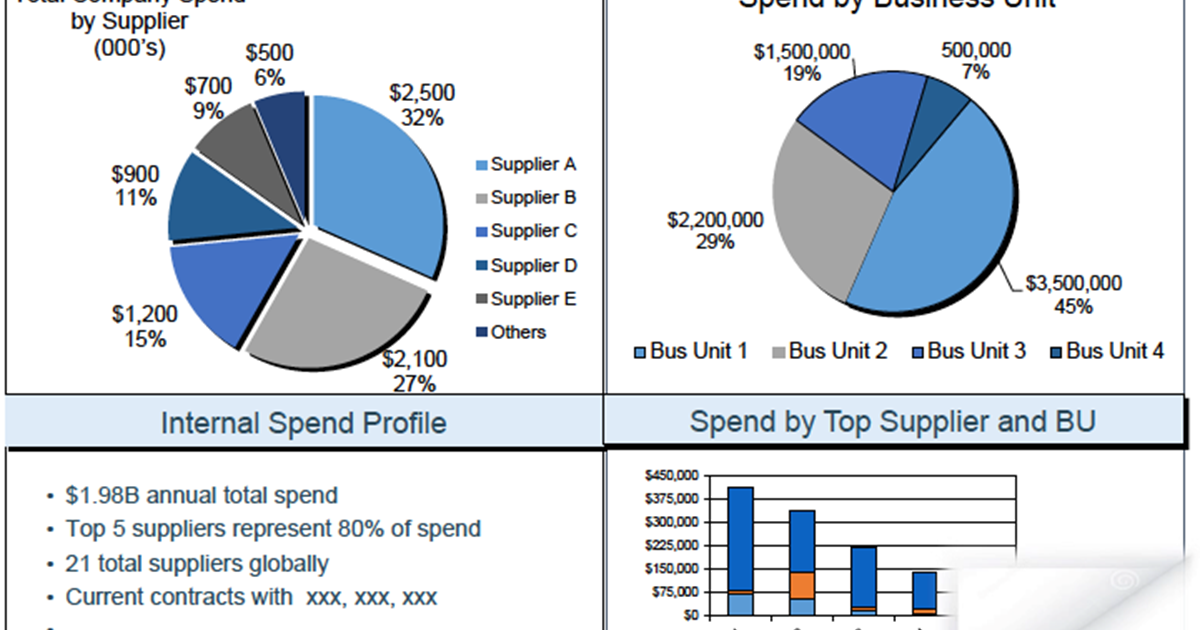In today's connected world, sharing data with suppliers is a given. But not all data, and all suppliers, are created equal. Organizations must assess their data-sharing priorities and connect with suppliers that are able to protect the data accordingly. Effective data security must be a critical element in supplier selection, onboarding, and relationship management.
Strategy development is the foundation of your category management playbook
Category management strategy development can align internal business requirements with the marketplace and suppliers' capabilities by segmenting the organization's spend into discrete groups. It's the foundation of your category management approach, and doing it well delivers significant value to the organization.
7 steps for creating an extraordinary internal customer experience
The relationships that procurement professionals form with internal customers are critical – they can impact relationships with the company’s external customers, and therefore, the bottom line. While substantial research has been conducted about managing relationships with external stakeholders, much less attention has been paid to managing relationships with procurement’s internal customers.
The challenges, rewards & tensions of sharing data with suppliers
Supply managers face a daunting challenge when it comes to data. Sharing data with suppliers can improve efficiency, flexibility, quality, and new product development. But there are risks to intellectual property, corporate, and personal information, as well as regulatory and legal concerns, and attacks that could severely impair the organization.
External analysis drives category management development
External analysis helps connect business requirements to the supplier base in developing a strategic approach to category management. It builds on preparation and internal analysis as the foundation for excellent category management outcomes.
The second step to create a category management strategy: internal analysis
Organizations rely on category management to build alignment between procurement strategies and business requirements. Internal analysis is a critical step for understanding the current state of procurement so you can create a category management system that delivers proactive, strategic support for your company.
Preparation is the first step in a solid category management strategy
Successful category management can help supply managers be more strategic with goods and services, align to the business, and leverage resources. Preparation – the ideal first stage in your playbook – sets the groundwork for excellent category management governance and accountability.
How 2021 executive orders impact supply chain
Robert B. Handfield, Ph.D. of North Carolina State University provides a perspective on U.S. President Joe Biden's post-inaugural executive orders, and what they mean for supply managers.
7 stages to business-aligned spend strategies
A category management playbook can serve as an excellent guide for supply management professionals. Here are seven stages you should include.
How to Implement a Category Management Approach
Category Management is a critical function in strategic supply management organizations. "A Playbook for Category Management" dives into benefits of and reasons for implementation.
Non-members can receive the report of each survey they submit.
Members can access all reports, but are encouraged to submit surveys to
increase the comparative breakouts only they receive.









